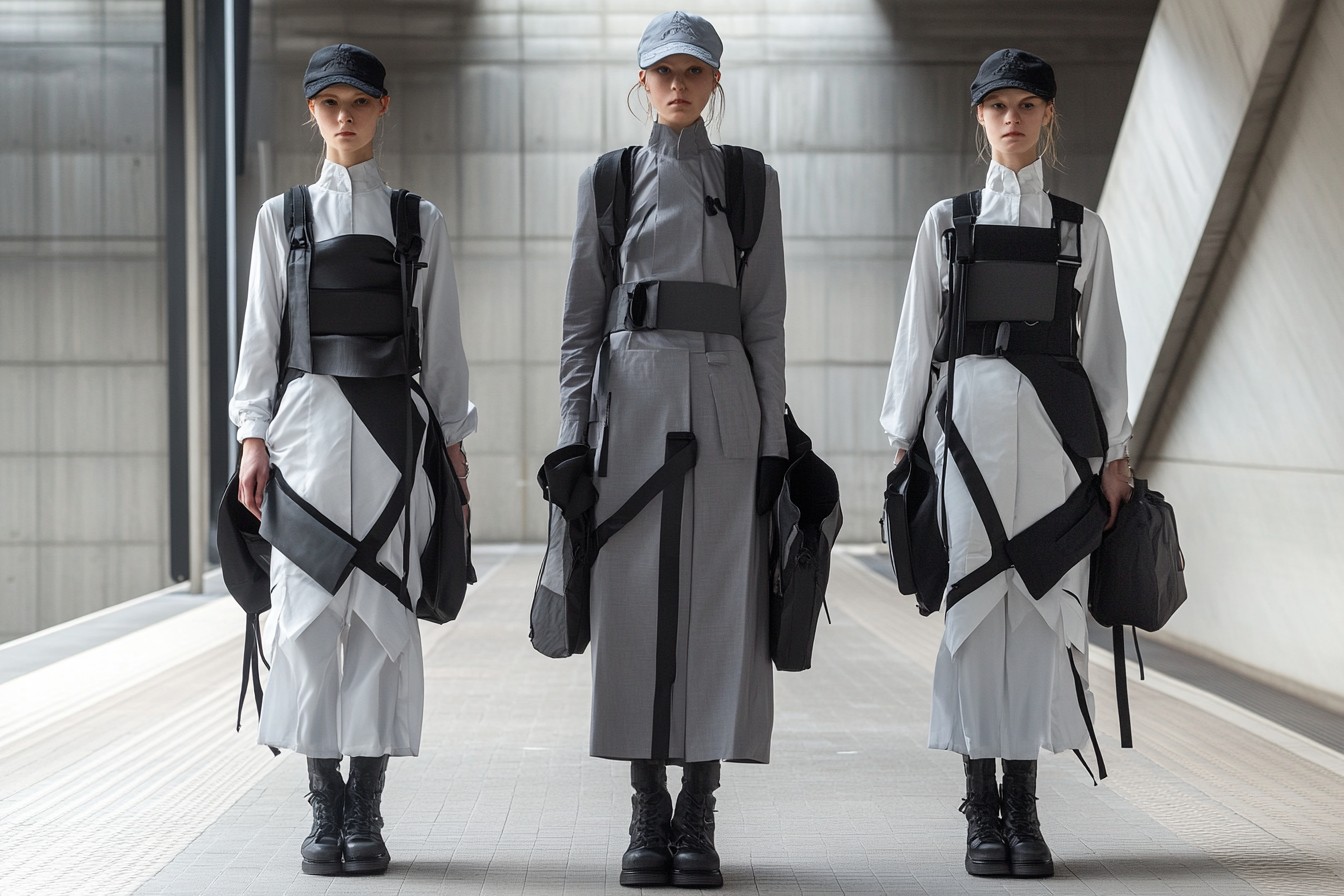The email from my editor arrived on a drizzly Tuesday. “Great piece idea—professional workwear for commuters. You know, practical but stylish office clothes for people using public transport. Due next week.” I stared at my laptop screen and suppressed a laugh. If only she knew that I was reading this while wedged against a train window on a Northern Rail service from Sheffield to Manchester, my carefully pressed shirt already developing mysterious creases, my tote bag clutched protectively against potential coffee spills from the passenger next to me attempting to drink from a paper cup on a train with the suspension of a Victorian fairground ride.

I commuted via London Underground for years before moving back north, and let me tell you, the Central Line at rush hour is a gentle waltz compared to the full-contact sport that is regional British rail travel. Northern Rail, TransPennine Express, East Midlands Railway—these aren’t just train companies, they’re endurance tests for both human patience and workwear durability.
So when tasked with writing about professional clothing that actually stands up to the brutal reality of British commuting, I felt uniquely qualified. Not as a fashion editor who theoretically understands practical workwear, but as someone who has genuinely tested the limits of office-appropriate attire against delayed trains, sudden downpours, non-functioning air conditioning, and those mysterious sticky patches on public transport seating that you notice too late.
Let’s start with the hardest truth about commuter-friendly workwear: natural fibres are wonderful, but they’re not always your friend on British public transport. I love a crisp cotton shirt or a light wool trouser as much as the next fashion person, but after watching a beautiful white cotton shirt develop a commuter’s map of creases during a single journey from Leeds to York, I’ve been forced to make compromises.
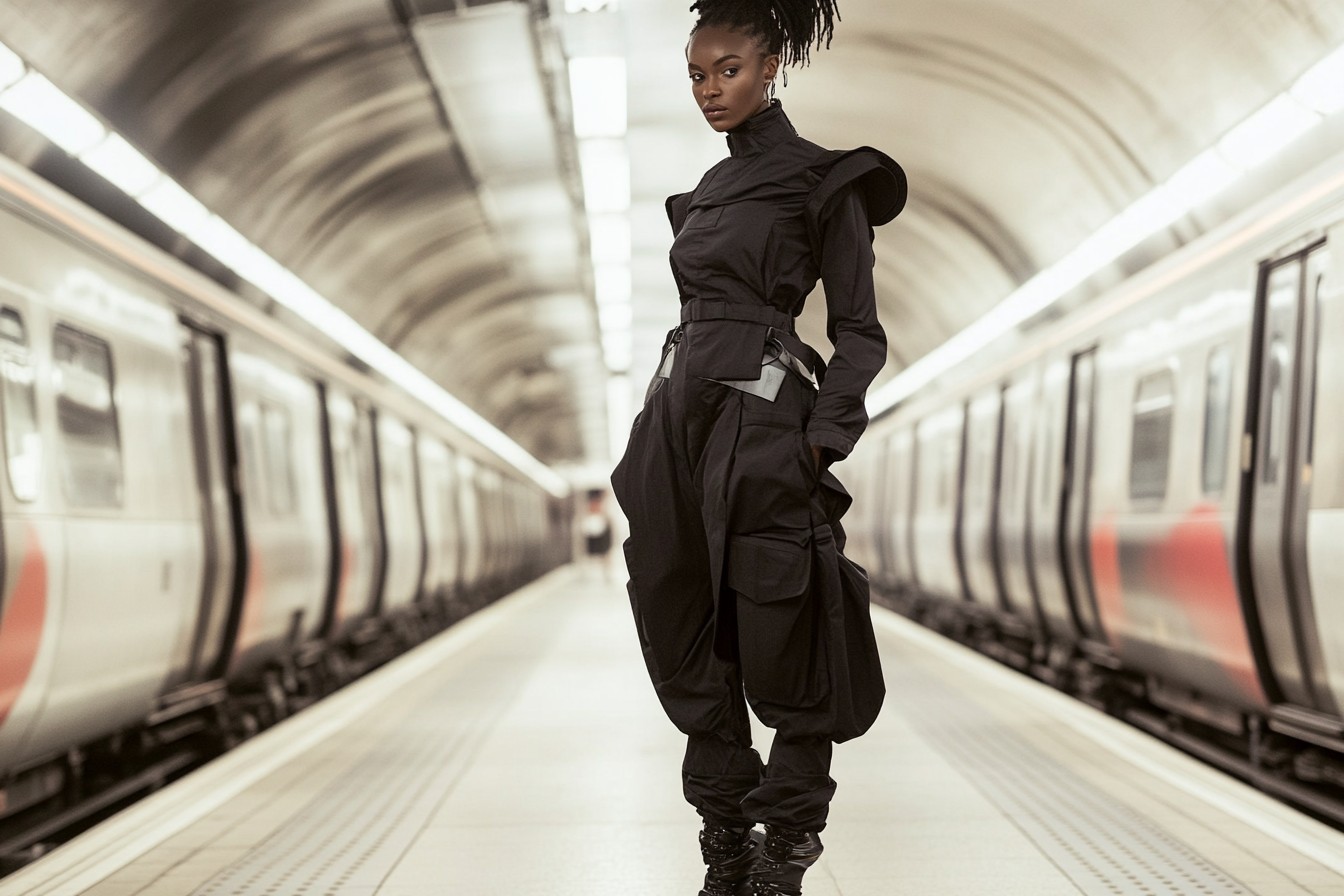
The secret that fashion editors rarely admit: technical fabrics and blends that include small amounts of synthetic fibres often perform better in real commuting conditions. I’m not suggesting you dress head-to-toe in polyester (which presents its own problems, particularly during summer commutes in unventilated carriages), but strategic blends can save your sanity and your style.
My most reliable workwear discovery has been the modern miracle of technical fabrications that don’t look technical. The best example: COS has been quietly making trousers from a wool-blend material with just enough stretch to prevent bagging at the knees when you’ve been standing on a packed train for 45 minutes, yet structured enough to look appropriate for client meetings. Their wide-leg pleated styles in particular hit that sweet spot between comfort and professionalism.
For those on tighter budgets, M&S has embraced similar technology in their workwear ranges. Their “stormwear” technology—applied to otherwise normal-looking wool-blend trousers and skirts—has saved me during many a dash across rainy station platforms when the promised connecting train is inevitably at the furthest possible platform.
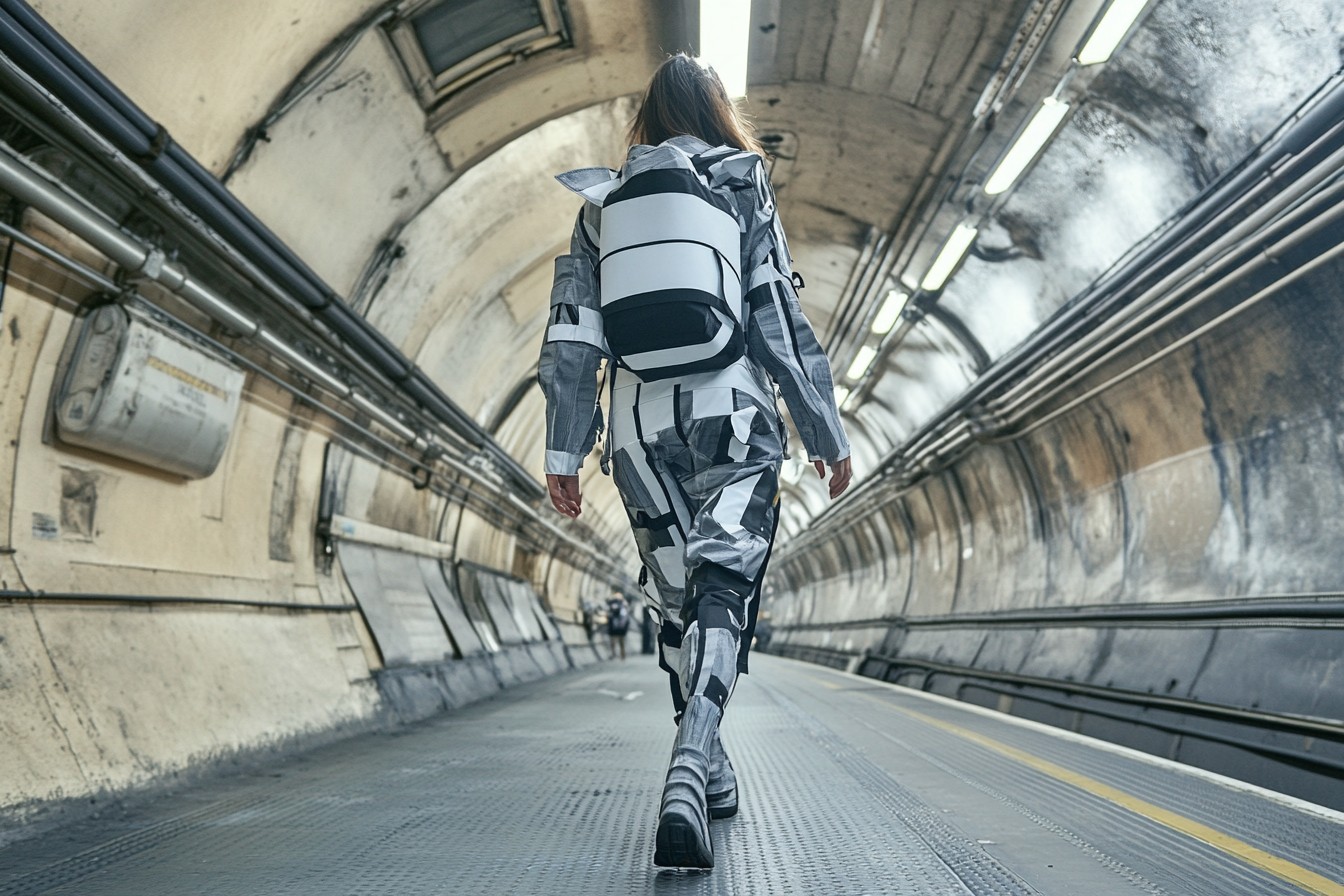
Shirts present the greatest commuter challenge. Nothing looks more professional than a crisp cotton button-down, and nothing suffers more visibly from a cramped train journey. After years of arriving at meetings looking like I’d slept in my clothes, I’ve developed a strategy: silk blends rather than pure cotton for shirts that need to survive longer journeys.
Equipment has long been the gold standard for silk shirts, but at £300+ each, they’re investment pieces rather than everyday options. For regular commuting, I’ve found Sézane’s silk-cotton blend blouses to be surprisingly resilient—the small percentage of cotton gives the silk more stability and reduces both creasing and the dreaded commuter sweat patches that pure silk loves to showcase.
&Other Stories also offers excellent silk-blend shirts at the £85 mark that withstand train journeys remarkably well. The key with any shirt is to look for slightly relaxed cuts rather than super-fitted styles—they crease less when you’re inevitably crushed against fellow passengers or contorting yourself to reach an overhead luggage rack.
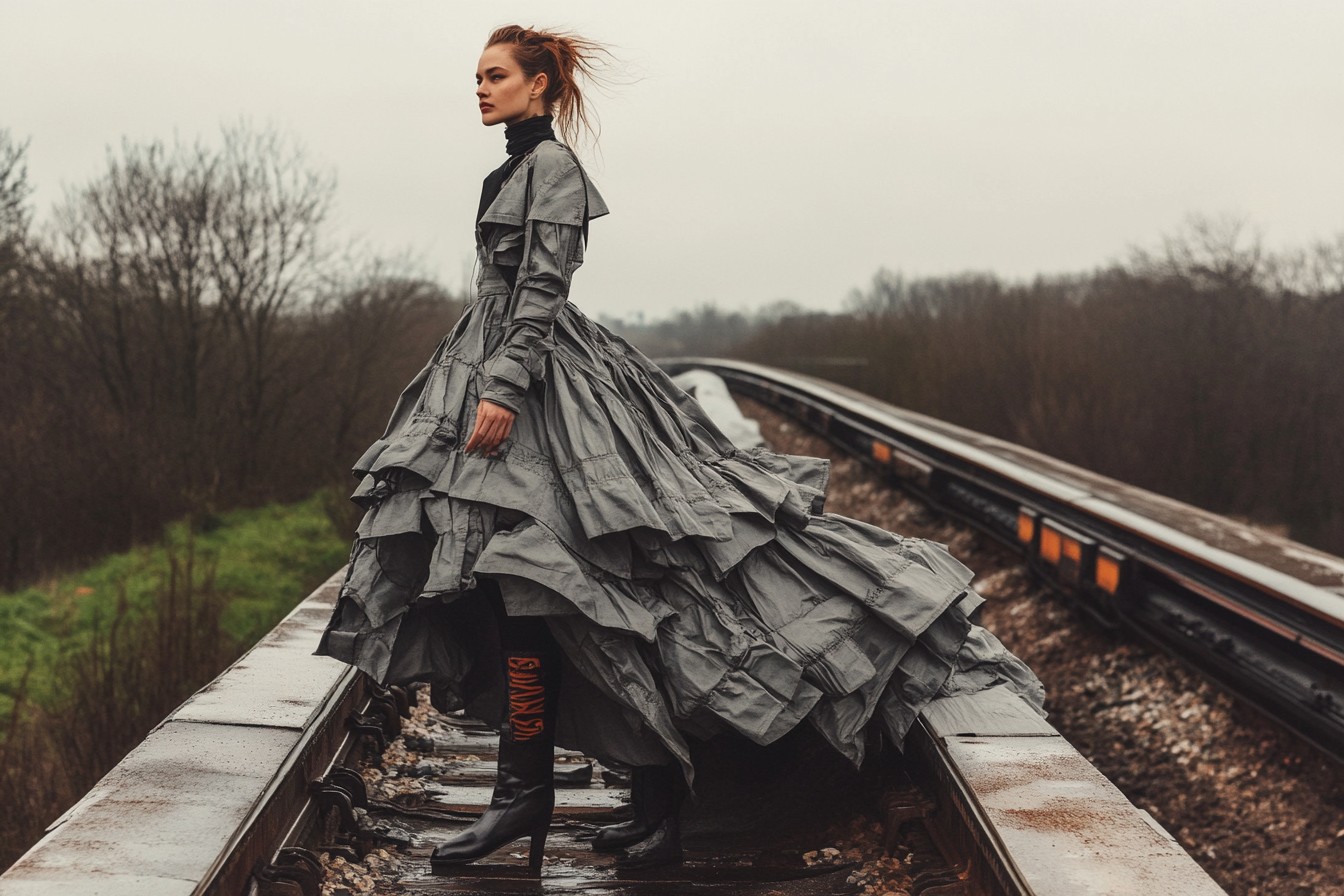
For those completely opposed to silk or working in more conservative offices, the holy grail is what I call “technical cotton”—shirts made from cotton specially treated to resist wrinkles and wick moisture. Hawes & Curtis makes surprisingly good versions in their “easy iron” range, which despite the unsexy name, have survived multiple Northern Rail journeys looking acceptable enough for immediate meetings without emergency bathroom ironing sessions.
Let’s talk about the greatest commuter challenge: outerwear. Britain’s weather makes coats essential for most of the year, yet nothing complicates a commute like a bulky coat when trains are overcrowded or suddenly overheated. The solution isn’t one perfect coat but rather a strategy of layering.
My commuter coat rotation now includes a lightweight water-resistant mac from Mackintosh’s diffusion line (acquired on sale after stalking it for months) that packs down surprisingly small, a mid-weight wool coat from Jigsaw with a slightly oversized cut that allows for layers underneath, and for truly arctic conditions, an admittedly not-cheap Acne Studios wool-cashmere blend that’s weighted like body armor but cuts through winter winds like nothing else.
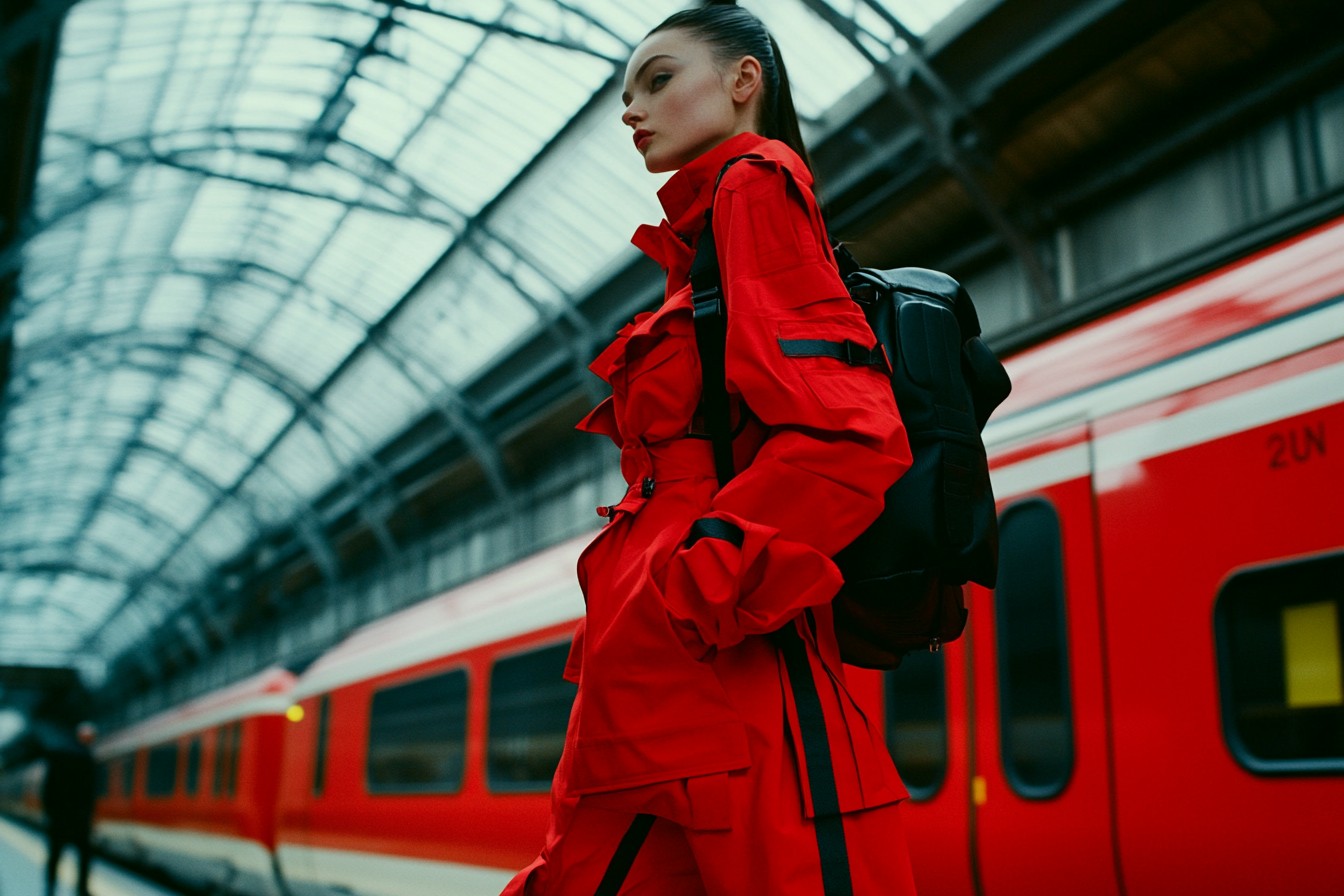
The common feature across all three? Darker colors that don’t show the inevitable marks from train seats, handrails, and the mysterious substances that seem to materialize on public transport surfaces. Black shows lint and dust too easily; navy or dark green are more forgiving options that still look professional.
For those not willing or able to spend three-figure sums on outerwear, & Other Stories and Arket both offer wool-blend coats with decent weight at the £170-230 mark. Their minimal designs age well, and while they won’t last decades like investment pieces, they’ll survive several seasons of intensive commuting before showing their age.
Footwear deserves special consideration for British commuters. We’ve all seen the stereotypical image of women commuting in trainers with heels in their bags, but the reality is more nuanced. After ruining countless pairs of good shoes through commuting wear-and-tear (and one memorable incident where my heel got caught in a train door), I’ve embraced the concept of shoes that can legitimately do both.
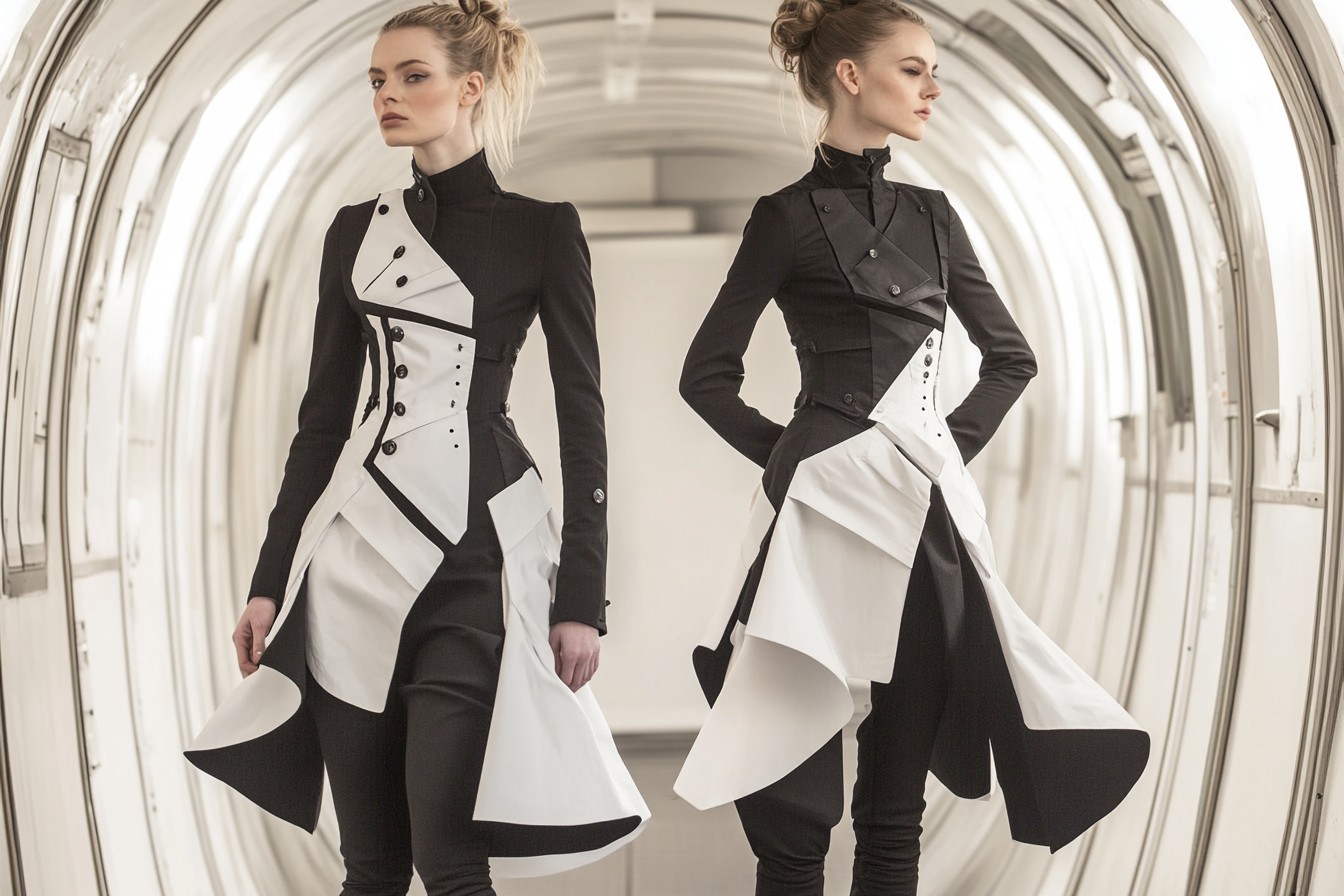
Russell & Bromley’s Chester loafers have been my greatest commuting investment—the substantial sole handles wet platforms and unexpected dashes between connections, while the classic design works with everything from tailored trousers to midi dresses. At £225 they’re not cheap, but after three years of heavy use, they’ve proven their worth through cost-per-wear.
For those seeking more affordable options, Clarks has seriously upped its game in recent years. Their Pure Viola leather loafers offer comfort technology disguised within work-appropriate designs, while their low block-heeled ankle boots handle winter commutes without requiring a footwear change upon arrival.
And a note on heels: if you’re committed to height, block heels are the only sensible option for regular commuters. Stilettos and public transport are natural enemies—one unexpected train lurch or quick platform dash can lead to disaster. Whistles makes block-heeled styles that look contemporary rather than sensible, while offering the stability needed for actual movement.
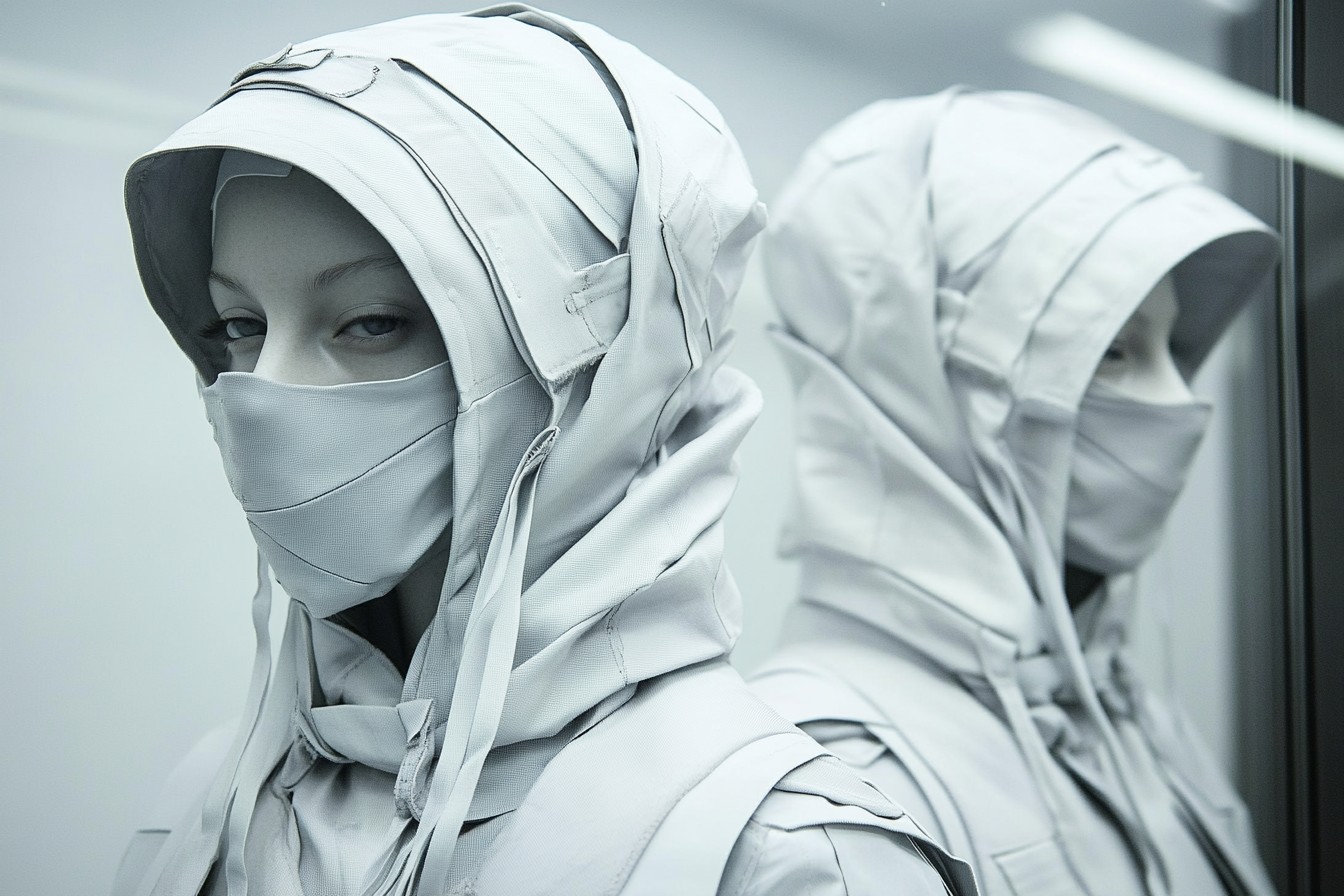
No discussion of commuter workwear would be complete without addressing the crucial question of bags. The perfect commuter work bag needs to be secure, comfortable to carry when standing for extended periods, large enough for essentials plus unexpected purchases, and professional-looking upon arrival.
After years of trial and error, I’ve found that the tote-backpack hybrid is the ultimate solution. Brands like Knomo and The Cambridge Satchel Company make bags that can be carried by handles like a conventional work tote but also have hideaway backpack straps for when you’re racing across Manchester Piccadilly to catch a connection.
For those with laptop-carrying responsibilities (which seems to be most of us these days), waterproofing becomes essential. Few experiences are more anxiety-inducing than feeling rain seep into your bag when you’re carrying £1000+ of technology. Rains makes minimalist backpacks and totes that are genuinely waterproof rather than merely water-resistant, with clean designs that don’t scream “hiking equipment” when you arrive at the office.
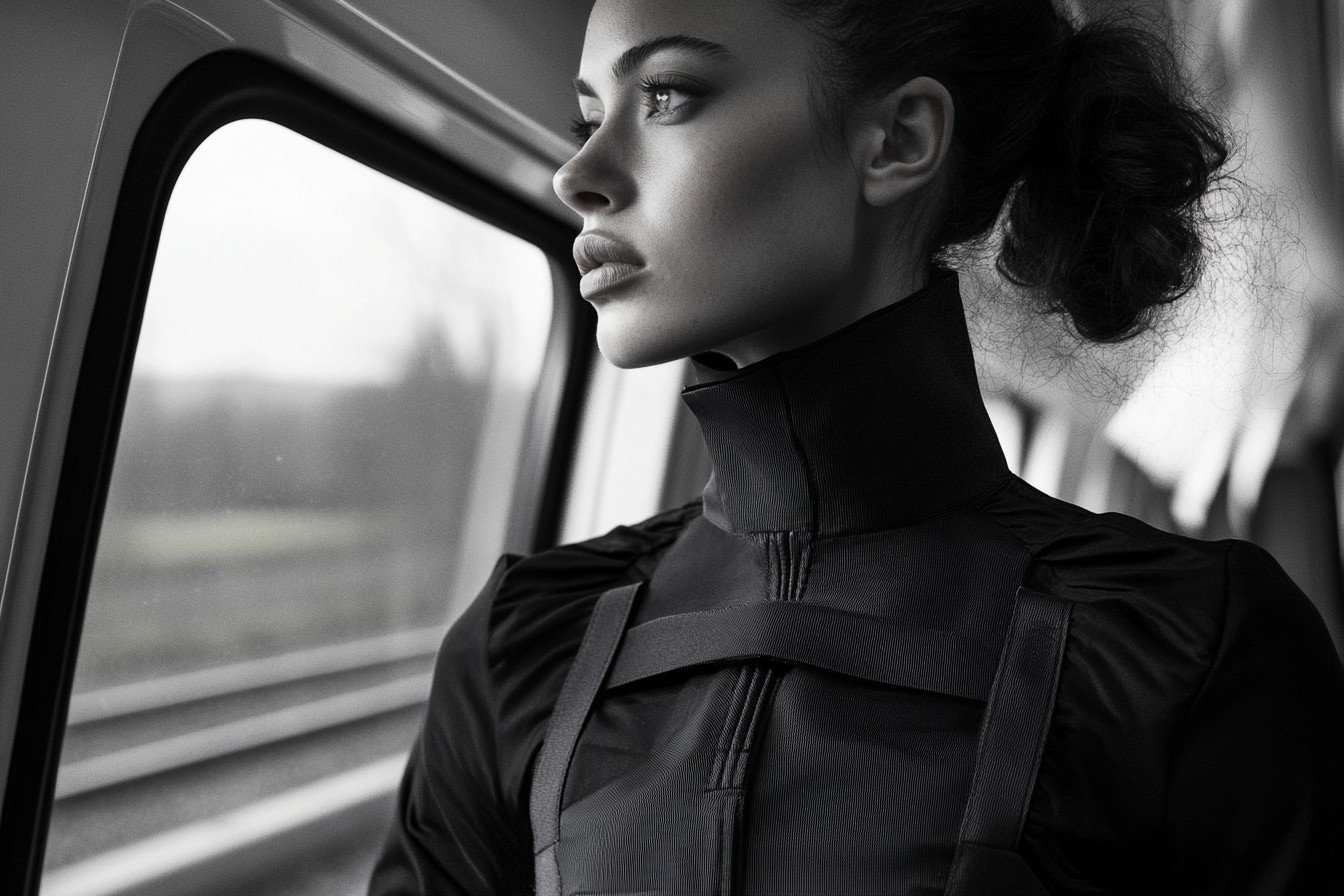
For those seeking a single do-everything bag, Ally Capellino’s Frances backpack has justified its £395 price tag through sheer indestructibility. Made from waxed cotton that keeps contents dry in downpours and with padded straps that don’t dig in during extended standing, it’s smart enough for client meetings but practical enough for the daily commute battlefield.
Perhaps the most overlooked aspect of successful commuter workwear is what lies beneath. Good quality basics—particularly in winter—can make the difference between arriving at work looking composed or looking like you’ve just emerged from combat. Uniqlo’s Heattech range has saved me during countless winter journeys on trains with failed heating systems, while their AIRism pieces prevent the summer commuting nightmare of arriving already drenched in perspiration.
The final piece of the commuter workwear puzzle is acceptance and adaptation. No matter how carefully selected your outfit, there will be days when public transport defeats your best efforts. The key is having emergency fixes discretely stashed at your workspace: a compact handheld steamer (Steamery’s travel-sized version fits in a desk drawer), a lint roller, an extra pair of tights, and in truly desperate situations, a complete backup outfit.
I keep a navy blazer hanging in my office specifically for days when commuting disasters strike. It instantly smartens any outfit that’s suffered en route and has saved multiple meetings from being derailed by coffee spills or unexpected downpours. It’s not exciting or fashion-forward, but it’s reliable—the same quality we wish our trains possessed.
The most valuable lesson I’ve learned through years of commuting in workwear is that resilience matters more than perfection. British public transport will always present challenges, from overcrowding to climate control issues to unpredictable delays that leave you running through stations. The goal isn’t to arrive looking like you’ve stepped from a fashion shoot, but to arrive looking professionally appropriate despite the obstacles the journey has presented.
This means prioritizing durability and recovery over delicacy, choosing fabrics and cuts that can handle movement and compression, and sometimes making practical compromises that pure fashion might sniff at. It means acknowledging that while a tissue-thin cotton shirt might look beautiful on a hanger, it’s no match for the 8:07 to Manchester Piccadilly.
It also means adjusting expectations. Perfect, pristine workwear is a luxury reserved for those who travel in private cars or have very short commutes. For the rest of us navigating Britain’s varied and challenging public transport networks, successful workwear is that which allows us to arrive looking professionally appropriate rather than perfectly pressed.
So yes, my editor was right—there is a real need for workwear that can handle the realities of British commuting. But the solution isn’t one perfect brand or magical fabric; it’s a strategic approach to selecting clothes that can withstand the particular challenges of your commute while still presenting you as the competent professional you are.
And if you spot me on the Leeds to Sheffield train, crammed against the window in a strategically chosen navy blouse that doesn’t show creases and trousers with just enough stretch to handle unexpectedly standing for an hour, know that behind my relatively composed exterior lies years of commuter workwear disasters, each one teaching a valuable lesson about what really works when British public transport does its worst.
